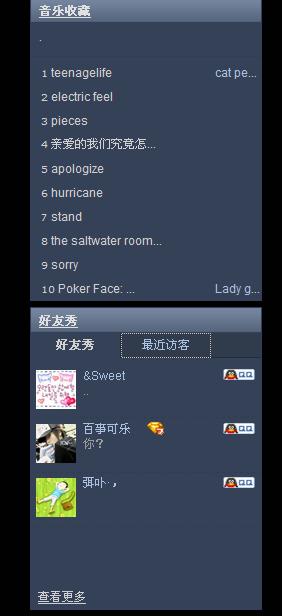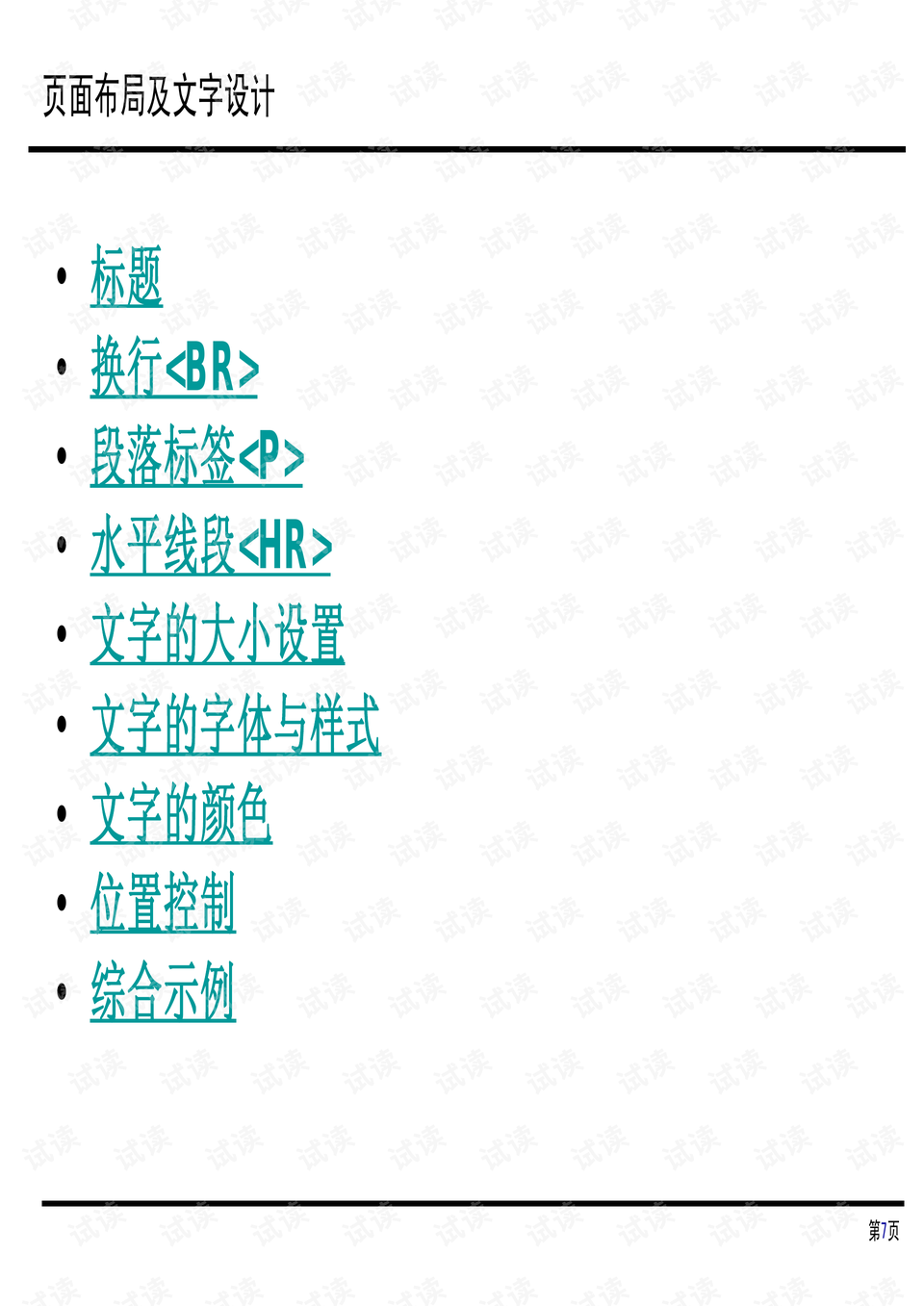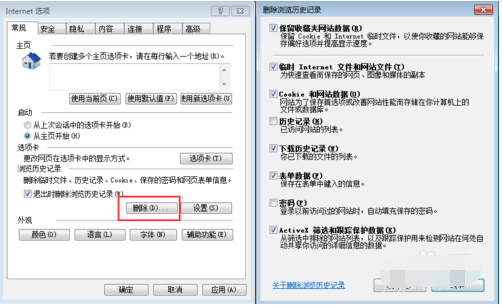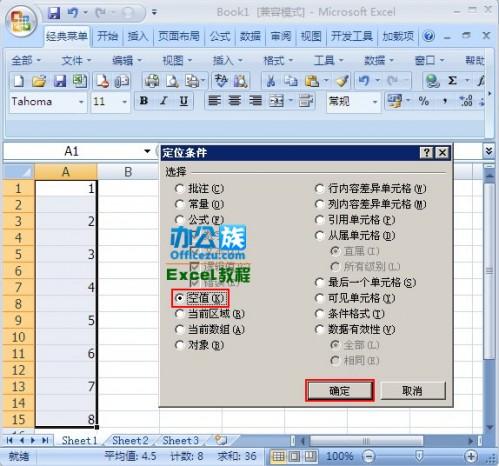上一篇
为什么qq空间删不了留言显示过于频繁
- 网络安全
- 2025-07-09
- 2093
空间删留言显示过于频繁,可能是系统为防反面操作设限,短时间内多次删除,触发机制,可稍作等待再试,以
用QQ空间时,不少用户会遇到删除留言时显示“操作过于频繁”的提示,导致无法继续删除,这一现象可能由多种原因引起,以下是详细分析及解决方案:
常见原因分析
| 原因分类 | 具体说明 |
|---|---|
| 系统限制机制 | 防刷机制触发:QQ空间为防止反面刷留言或批量操作,会限制短时间内高频次删除行为。 服务器压力:高峰时段用户集中操作可能导致系统响应延迟,触发频繁操作提示。 |
| 用户操作行为 | 连续快速删除:短时间内多次删除留言,超出系统处理阈值。 批量操作不当:未使用官方批量管理功能,而是手动逐条删除,易被系统判定为异常。 |
| 账号或网络异常 | 登录异常:账号在异地登录或存在可疑行为,触发安全限制。 网络环境问题:同一IP段内存在刷留言行为(如网吧、共享网络),导致服务器限制该IP的操作。 |
| 技术故障 | 缓存未更新:浏览器或客户端缓存未清理,导致操作状态同步异常。 客户端版本过旧:旧版本可能存在兼容性问题,影响操作识别。 |
解决方案与操作建议
优化删除操作方式
- 使用批量管理功能:
进入留言板后,点击“批量管理”,勾选需要删除的留言(可全选),确认删除,此方法能减少单次操作次数,降低触发频繁限制的风险。
注意:批量删除不可恢复,需谨慎操作。 - 分批次删除:
若留言量极大,可将删除操作分为多个时间段进行(如每次删除5-10条),间隔几分钟后再继续。
检查账号与网络状态
- 排查登录异常:
若近期存在异地登录或密码修改,建议重启QQ并确保网络环境安全,等待24小时再尝试操作。 - 更换网络环境:
如怀疑当前IP被限制(如公共网络),可切换至私人网络(如家庭宽带)或使用手机热点尝试。
技术手段辅助
- 清除缓存与重启客户端:
清理浏览器缓存或关闭QQ空间后重新登录,有时可解除系统误判。 - 更新客户端版本:
确保使用的是最新版本的QQ空间,避免因版本过旧导致功能异常。
临时规避策略
- 设置空间权限:
在删除留言前,先将空间设置为“仅自己可见”或“留言审核模式”,避免新留言干扰操作,删除完成后再恢复权限。 - 暂停操作并等待:
若系统提示频繁,可等待10-30分钟后再尝试,或在其他时间段(如凌晨)操作。
注意事项
- 数据不可恢复:
无论是逐条删除还是批量操作,被删除的留言均无法找回,建议提前备份重要内容(如截图)。 - 避免使用第三方工具:
通过非官方渠道(如插件、脚本)删除留言可能被系统判定为违规行为,导致账号受限。 - 处理:
若留言涉及隐私或敏感信息,优先使用“留言审核”功能屏蔽显示,再逐步清理。
相关FAQs
问题1:为什么明明没有频繁操作,还是提示“操作过于频繁”?
答:可能是以下原因:

- 系统误判:网络延迟或缓存问题导致操作记录未及时同步。
- 他人行为影响:同一IP下其他用户存在刷留言行为,触发服务器限制。
- 历史操作累积:短时间内多次登录/退出或频繁切换设备,被系统视为异常。
解决方法:清除缓存、更换网络或等待一段时间后再试。
问题2:批量删除留言时提示“操作过于频繁”,怎么办?
答:
- 分批次删除:将留言分为小批量(如每次10条)删除,间隔几分钟操作。
- 检查权限设置:确保空间未被设置为“仅好友可见”等限制模式,可能影响操作权限。
- 联系客服反馈:若问题持续,可通过QQ空间官方渠道提交申诉,说明具体情况。
通过以上方法,通常可解决“操作过于频繁”的问题,若仍无法操作,建议优先保护隐私(如关闭空间访问),再结合官方支持渠道









